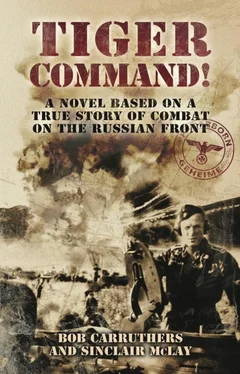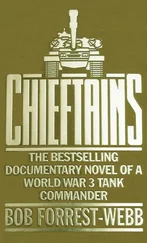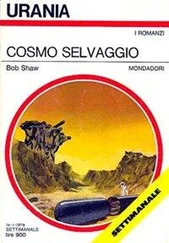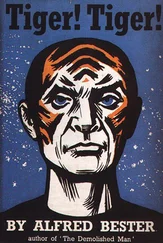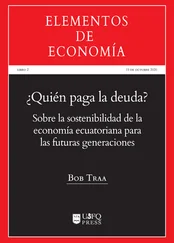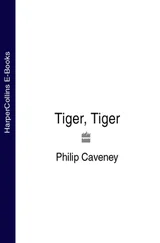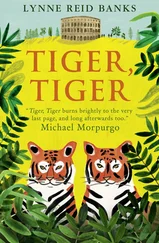Added to this was the beauty of the Acht-acht, which, with its wonderful flat trajectory, meant that the gunner only had to lift the barrel a little to gain more distance. This was bread and butter stuff to Michael Knispel, his obvious prowess inevitably impressing his instructors so highly with his ability at under 1,200 metres that there was talk of retaining “the Prussian cannoneer”, as he was now known at Paderborn!
This, of course, was never communicated to Knispel personally, but was suggested to von Schroif. Unfortunately, results over the next few days were not all that they could be, but good enough to pass. Experienced, well-balanced crews were everything, and once one had secured the services of a top-class gunner like Michael Knispel, one did not let him go lightly. There were Ivans to fight, and Knispel was a born fighter.
Occasionally, after training, if the weather was acceptable, the crew would take their evening meal down by the river and talk and reminisce until the sun went down. At other times, tired and careworn, they would sit in silence, just watching the gentle flow, each man deep in his own thoughts, a situation every soldier knows.
On this particular night though, Otto Wohl was in fine form, regaling his comrades with tales of the Munich drinking halls, of scrapes and women, and too much drink. In the middle of one story about heading home late at night, he abruptly broke off and asked von Schroif about his own family situation, at which point the rest of the group started to listen in earnest. Not through any motive that was ill-mannered or intrusive, but simply out of great interest. In all the time they had known Hans von Schroif, they had never once heard him speak about these matters. The boss, truly, kept himself to himself.
“So, boss,” asked Otto, “what was your father like?” Only Otto could have asked a question like this. Coming from any other man, it would have seemed impudent.
“My father,” started Hans slowly, “was born in Berchtesgaden, as I was, and I think he took his nature from that area. A very proud man, who loved his family. He owned an estate and took his living from the land. But I don’t remember ever having to break into his house after a drinking expedition! I don’t think I would have survived such an experience! But I think of him often, and I can see parts of him in me.”
“Is he…?” continued Otto.
“No,” answered Hans, second guessing the question. “Those Red bastards took his estate from him and he never recovered. By the time we chased them out of Munich, it was too late. He thought he’d lost everything. He took his own life.”
The conversation ended there. It had gone too far.
*
Korsak was surrounded by his attentive subordinates. He stood by a makeshift blackboard, carefully outlining his strategy for the next action.
“The key to the entire action will be surprise. Everyone must understand that. The trap will only be sprung once the fascists have been drawn over the river and lulled into a false sense of security by our apparent retreat. The camouflage of five hundred tanks across a wide area is crucial to the operation, and presents a number of problems with certain unique features created by the general summer background, the operational characteristics of the tanks, and in the conditions of employing them in combat.”
Korsak paused and surveyed his audience. Satisfied that they were paying proper attention, he carried on.
“This will influence the work to be done to camouflage them. In winter, the snow makes things easy. In summer, we must work even harder. A factor which must be considered of vital importance from the point of view of camouflage and concealment is the greater clearness of the sky; this helps reconnaissance activity by enemy aviation. In view of the fact that vehicles can be spotted by the shadow they cast, they should move on the side of the road nearest to the sun, so that their shadow falls on the road, which is darker than the grass next to the road.
“Movement along the roads, especially at great speeds and over dry and dusty earth, gives itself away by clouds of dust. For this reason, all movement of vehicles towards their attack positions must be at low speeds, especially over sandy ground. The tracks left by the tank treads in the dust stand out clearly as two parallel strips with tread impressions. These must be obliterated by teams tasked with sweeping the roads leading to the assembly areas. When tracks are left on the grass verge of the existing road it is necessary, instead of sweeping, to remove them with the aid of spades and rakes.”
Pausing briefly to ensure himself of the continued attention of his audience, Korsak went on to list the minute details of the operation.
“When the tanks pass through places where turns are unavoidable, little heaps of upturned earth appear everywhere; these are characteristic marks and betray the movement of tanks. To prevent this, turns must be made gradually in a wide arc whenever practicable, or else the heaps of earth which are formed must be cleared away. The reflection from the lenses of the tank headlights will also give away their movement. In order to prevent this, it is necessary to cover the headlights with green fabric covers, or some other material.
“Finally, among the most important factors betraying the movement of tanks to ground observers is the clank of the tracks. Unlike the fascists, our tracks are of all-metal construction. The noise of these can be heard better at night as the temperature falls. Naturally, when operations are in the immediate vicinity of the enemy, you must make full use of all the ordinary precautions employed in summer for the prevention of noise.
“The peculiar characteristic of inhabited areas from the point of view of camouflage is the motley appearance of the landscape due to the presence of dwelling places, barns, gardens, roads, and paths. This wealth and variety of outline affords considerable opportunities for concealing the position of tanks from air and ground observation by the enemy.”
The listeners were impressed by Korsak’s uncanny attention to detail and his grasp of the fact that a battle could be lost by what appeared to be insignificant consideration. They would have been less relaxed had they been aware that Korsak considered them to be an idle, feckless bunch of incompetents. Normally he would have shown no hesitation in having them all shot as an example to the others. However, time was against him and Korsak had decided to work with the material he had. He therefore adopted a mild approach.
“You have not made the best of the time available to you, comrades. I am disappointed by this. I see tanks in winter camouflage. By the end of today the tanks are to be painted to avoid observation. The open country is characterised by a profusion of variegated colour. Two-colour disruptive summer paint is to be used where the ground presents a variety of colour, where there are forests, underbrush, small settlements, exposed patches of earth, etc. Painting in two colours with large spots can be undertaken by painting only part of the tank surface, leaving about a third of the tank’s surface in the original green; the new scheme must either be green and dark grey, or green and brown. It is necessary to avoid mechanical repetition of patterns and colours. Make sure this is done.”
With some of the detail out of the way, Korsak moved on to give his orders concerning the concealment of his force.
“Once the vehicles are in attack position, for camouflage you must use nets made of cord which have fastened to them irregular green and brown patches of fabric, about 1 metre across. But the construction of these camouflage masks involves special considerations dependent on the characteristics of the background. The principal camouflage materials employed are irregularly shaped pieces of fabric or painted green matting. In addition to the green patches, dark patches should be fastened to the material to give the appearance of bushes, tree tops, or other natural ground features. For dark patches one may use tree branches and other similar materials. As with covers, the use of brown patches alone, or of a combination of green and dark patches, will depend entirely on the terrain and the coloration of the surroundings.”
Читать дальше
